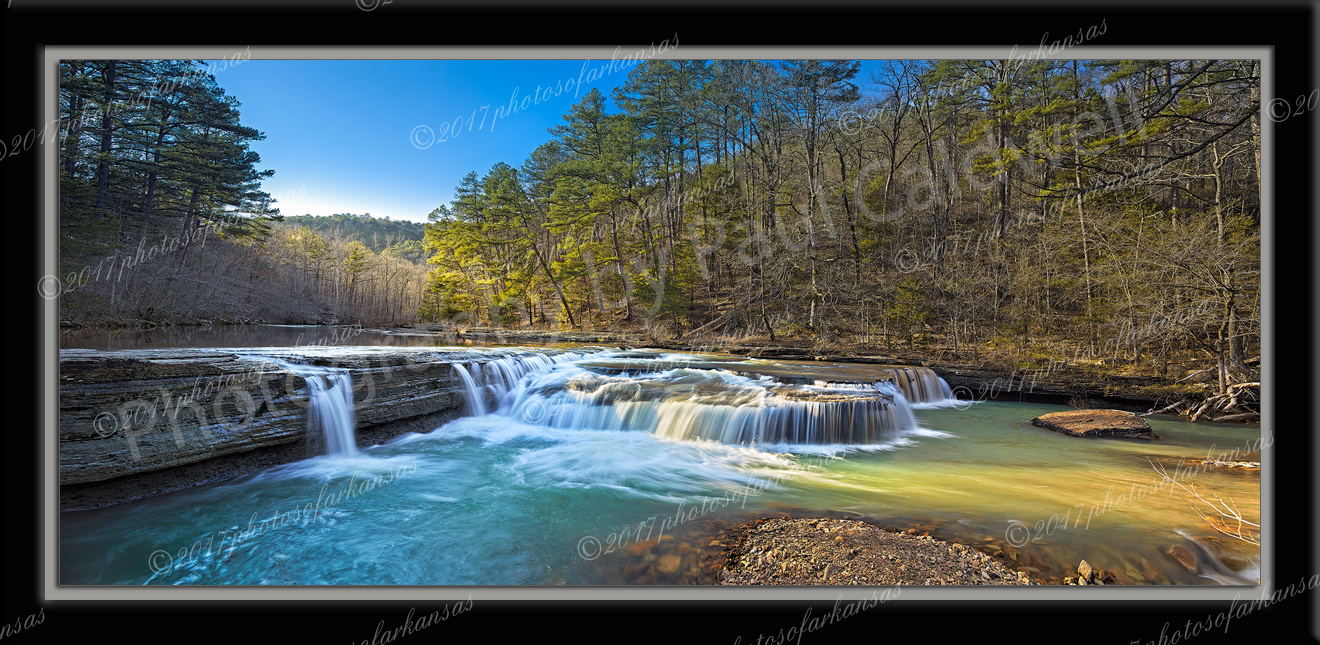Don Libby
Well-known member
Our studio has been shut down the past couple days due to some remodeling so being bored and looking for something else to do I decided to do yet more testing of movements using my Cambo WRS, IQ180 with the 40HR lens. Attached to all this was a Lee filter hood. First I shot LCCs using the Capture One LCC plate which fits inside the filter holder. The LCCs were shot, center, 5, 10, 15 and 20mm left and right with the 180 set in a vertical position.
I also did a 2-shot pano with the back horizontal with 15mm movements.

15mm - Horizontal 2-shot capture ending up with a 44.619x21.708 (@360 dpi) or 16,063x7815 px

This is a 15mm - Vertical 37.344x28.797 (@360 dpi) or 13,444x10367 px
The final test was to see just how wide I could go in a vertical mode. 20mm 42.808x28.761 (@360 dpi) or 15,411x10,354 px.

I went lazy in processing the files; using C1-Pro I did a lens correction then LCC on each file before sending them to PS-CC where I stitched then and saved the finished files as jpegs. No cropping and no other processing was done. I'm very impressed with the quality of the LCC files and had thought to include them here but then again I'm lazy today. (I'm also stuck using my laptop instead of the studio computer).
One final thought is that I shot all these tethered to a SP3.
This is making it harder to justify a wider lens other than I want one....:facesmack:
I also did a 2-shot pano with the back horizontal with 15mm movements.

15mm - Horizontal 2-shot capture ending up with a 44.619x21.708 (@360 dpi) or 16,063x7815 px

This is a 15mm - Vertical 37.344x28.797 (@360 dpi) or 13,444x10367 px
The final test was to see just how wide I could go in a vertical mode. 20mm 42.808x28.761 (@360 dpi) or 15,411x10,354 px.

I went lazy in processing the files; using C1-Pro I did a lens correction then LCC on each file before sending them to PS-CC where I stitched then and saved the finished files as jpegs. No cropping and no other processing was done. I'm very impressed with the quality of the LCC files and had thought to include them here but then again I'm lazy today. (I'm also stuck using my laptop instead of the studio computer).
One final thought is that I shot all these tethered to a SP3.
This is making it harder to justify a wider lens other than I want one....:facesmack:


